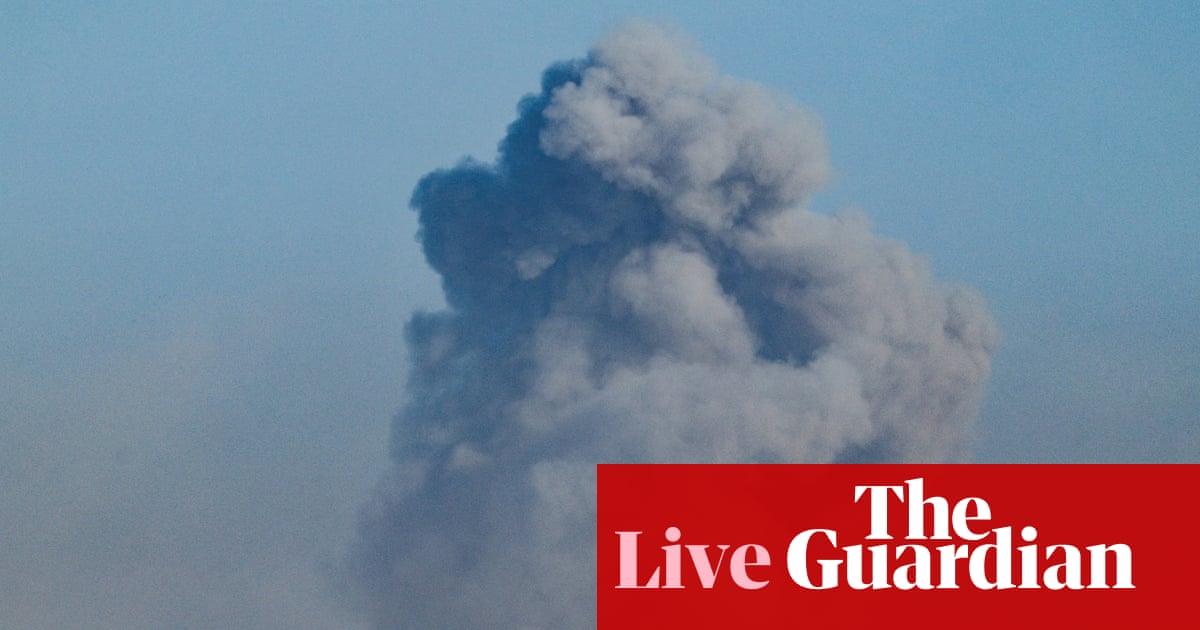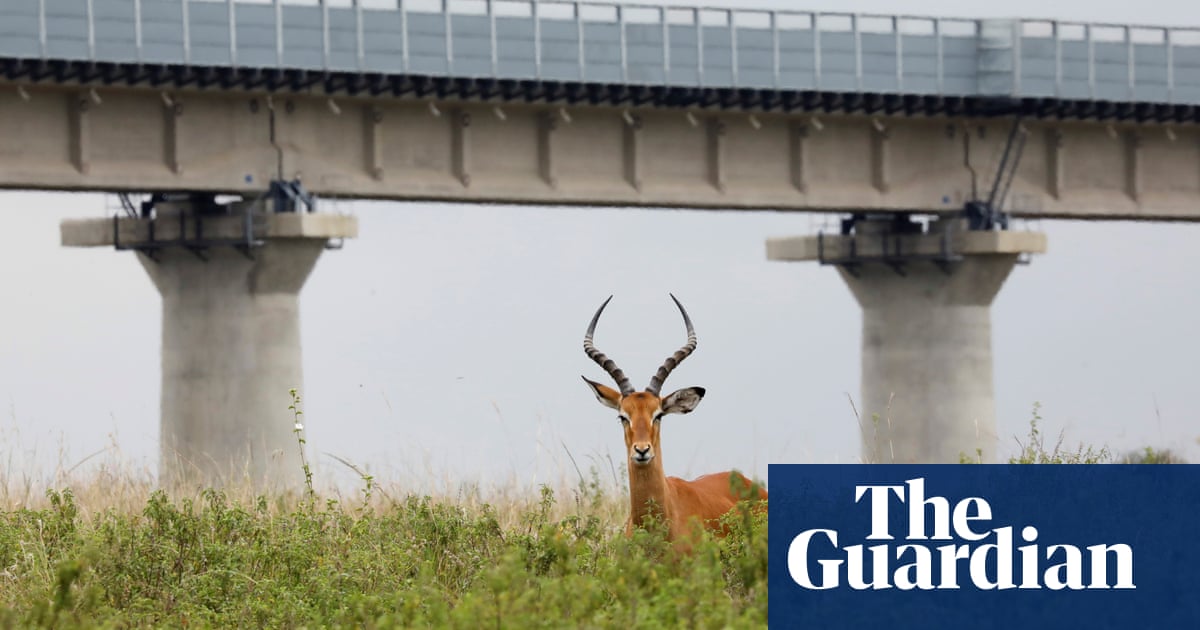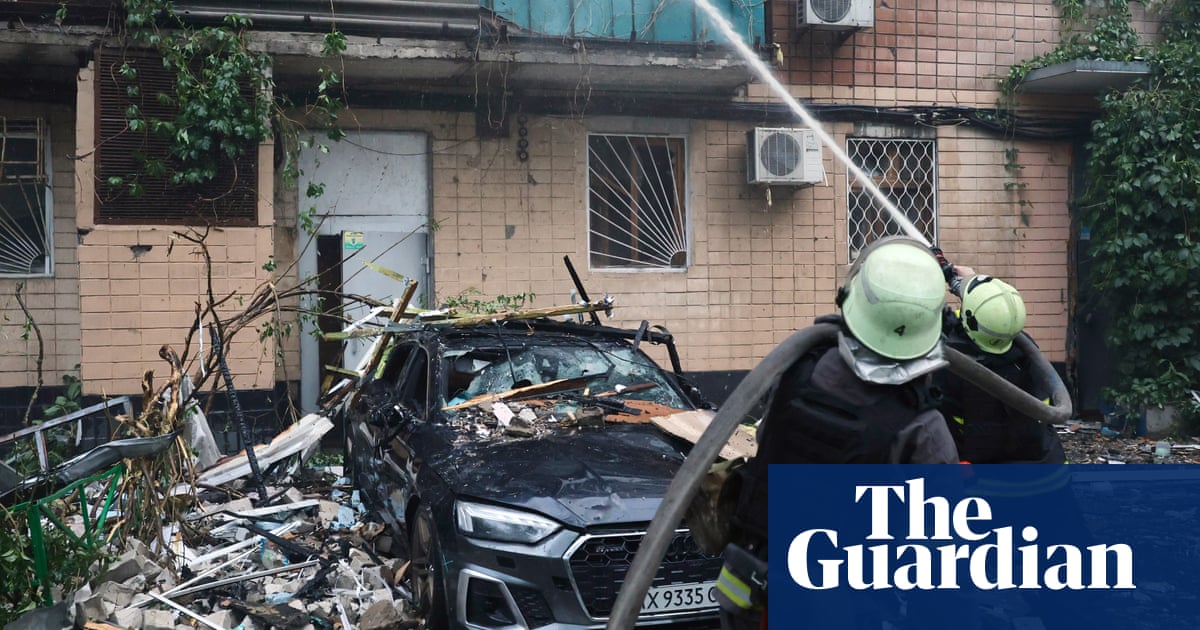An estimated 10,000 properties may have been damaged in record-breaking flooding in New South Wales and thousands remain isolated, according to the state emergency service.
Flood waters have begun to subside in some areas and weather conditions have improved on the mid-north coast, where severe weather warnings were cancelled on Friday evening.
There have been five confirmed deaths in the region during the flooding with two more deaths confirmed on Friday. About 50,000 people remain isolated by flood waters, even as clean up and damage assessments get under way.
NSW SES chief superintendent, Paul McQueen, said damage assessments would probably take some time to complete, and were needed to before de-escalating evacuation orders.
“I reiterate this is still a dangerous situation where significant impacts to infrastructure and properties are likely to have occurred. Unfortunately, it is not possible to let people return to their homes until water further subsides and we’re sure they can access their homes and communities safely,” he said.
McQueen said the SES continued to receive requests for flood rescues for people driving into flood water.
More than 760 flood rescues have been completed during the NSW flooding, with 85 of those taking place in the 24 hours to 5am Saturday.
More than 2,400 personnel were assisting with rescue efforts, with assistance flowing in from Victoria, the ACT and Tasmania on Friday.
The Bureau of Meteorology forecast the system would leave NSW late in the day on Friday, with rain expected to hit parts of Victoria and Tasmania on Saturday, but with less intensity than that experienced in NSW in the past few days.
However, strong and damaging wind gusts are forecast to strike in the flood-affected areas from Monday, a Bureau of Meteorology senior meteorologist, Angus Hines, said.
“The land is very wet, extremely saturated after this week’s rainfall … when you get strong winds on to soggy soil that is when trees can come down. There is a potential for tree damage, tree falls, power outages, damages to houses, properties and cars.
He said there could be “extensive damage and possibly destructive winds” across almost all of NSW, Victoria, Tasmania, SA and southern Queensland.
The body of a man believed to be his 80s was found on Friday inside a burnt-out vehicle in the shed of a Cooplacurripa property, about 50km north-west of Taree.
Severe weather conditions had prevented emergency crews accessing the man’s home when a concern for his welfare was raised two days earlier.
The body of a man in his late 70s was also found on Friday after his vehicle appeared to be swept off a causeway at Nana Glen near Coffs Harbour.
A man missing in Nymboida has been found but police have not ruled out floods as a factor in the disappearance of another man in Bellingen.
As the rain moved south across NSW on Friday, it brought heavy rain across large parts of Sydney with up to 200mm rain in some areas, causing train delays and a warning that visitors to the Sydney Vivid festival launch on Friday evening may experience delays.
On Friday evening, there was a severe weather warning for the South Coast and parts of Illawarra, Southern Tablelands and Snowy Mountains as the system moved toward the Victorian border.
The prime minister, Anthony Albanese, said disaster assistance would be extended to a further three local government areas – Armidale, Muswellbrook and Walcha – taking the total number of council areas eligible for assistance to 19.
Personal hardship assistance grants of $180 per individual or $900 per family will be available, along with $1m community recovery grants for affected local councils.
This assistance is separate to the disaster recovery allowance announced for the local government areas of Kempsey, Port Macquarie, Mid Coast and Dungog, which Albanese said would be available from 2pm on Monday.
Insurers have already received more than 1,600 claims relating to the severe flooding, with more expected to come through over the weekend, the Insurance Council of Australia’s chief executive, Andrew Hall, said.
Insurers have had people stationed in communities where it is safe to do so, and more claims staff will be called in once teams can access flood affected areas. Hall told the ABC that since 2022, when there were 230,000 disaster insurance claims payouts, the industry now has staff on all year round.
“It’s no longer just a case that we have a workforce over the summer holiday period when we usually have these events,” he said. “We’re now seeing a disaster season really stretched throughout the year, and insurers have had to rebuild their workforces to be able to cope with that.”
Albanese said people facing difficulty obtaining insurance against extreme weather events represented a “real challenge” as the science said such events were becoming more frequent and intense.
“It is a challenge that we need to deal with and be conscious of, and we certainly are. And that’s why we’re engaged directly not just with the Insurance Council … but also individual insurance companies,” he said.
Hall said insurers had been attempting to rebuild their insurance pools since 2022, and the flood defences for towns that were hit every few years needed to be improved. He said driving down inflation on building costs would also help reduce premium rises.

.png) 3 months ago
111
3 months ago
111

















































